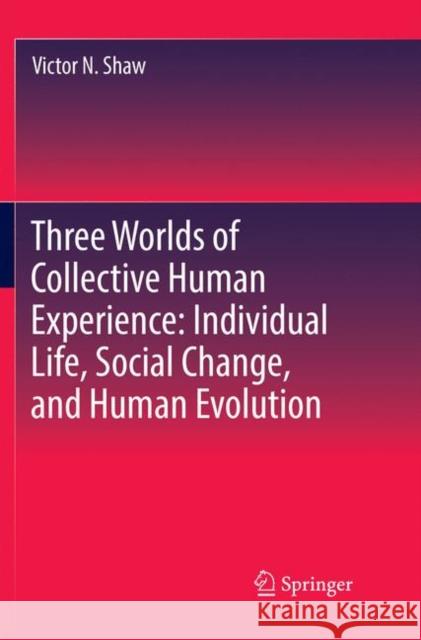Three Worlds of Collective Human Experience: Individual Life, Social Change, and Human Evolution » książka
topmenu
Three Worlds of Collective Human Experience: Individual Life, Social Change, and Human Evolution
ISBN-13: 9783030074654 / Angielski / Miękka / 2018 / 220 str.
Three Worlds of Collective Human Experience: Individual Life, Social Change, and Human Evolution
ISBN-13: 9783030074654 / Angielski / Miękka / 2018 / 220 str.
cena 201,24
(netto: 191,66 VAT: 5%)
Najniższa cena z 30 dni: 192,74
(netto: 191,66 VAT: 5%)
Najniższa cena z 30 dni: 192,74
Termin realizacji zamówienia:
ok. 22 dni roboczych
Dostawa w 2026 r.
ok. 22 dni roboczych
Dostawa w 2026 r.
Darmowa dostawa!
Kategorie:
Kategorie BISAC:
Wydawca:
Springer
Język:
Angielski
ISBN-13:
9783030074654
Rok wydania:
2018
Dostępne języki:
Ilość stron:
220
Waga:
0.33 kg
Wymiary:
23.39 x 15.6 x 1.24
Oprawa:
Miękka
Dodatkowe informacje:
Wydanie ilustrowane











